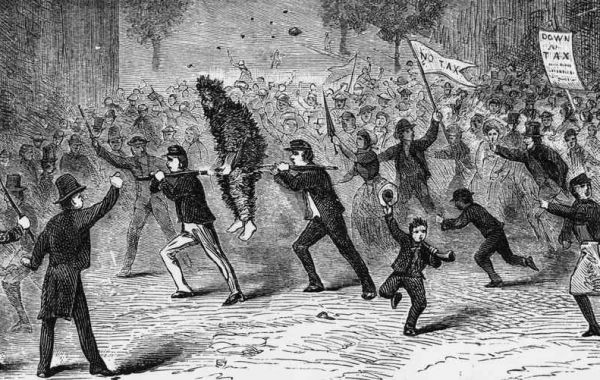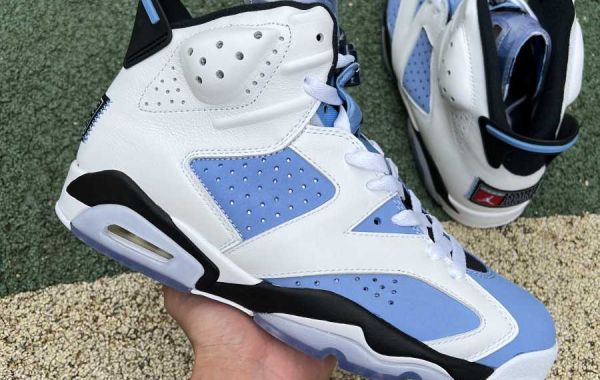About Firearms and Whisky
Firearms ‘regulation’ is a fairly recent development in American history, and only two cases with potential ties to Second Amendment considerations have been argued before the Supreme Court. To modern activists this seems extremely strange, however until quite recently there was no ‘debate’ over the intent or meaning of The Second. The private ownership and use of ‘arms’ was stitched into the very fabric of the country.
Those concerned that the NRA (more specifically the NRA Institute for Legislative Action) became ‘politicized’ after 1971 might pause to consider that PRIOR to this time, there was no need to be so motivated.
Prior to the assassination of President Kennedy in 1963 the only federal laws relating to firearms were stipulated by the National Firearms Act signed into law in 1934 (“NFA”), and the Federal Firearms Act of 1938 (“FFA”).
The first, the NFA in effect created strict licensing and taxation on machine guns, rifles or shotguns with shortened barrels (sawed-off shotguns) and other firearms. This was a direct result of the Volstead act, and the criminal explosion accompanying prohibition. These firearms were not ‘banned’ but rather classified as ‘Class III weapons’. To own a Class III weapon, you must pass a stringent background check and pay for a Class III License. Once you have completed this you can then purchase an extremely expensive weapon, and pay an additional ‘transfer tax’. The weapon is registered with the federal government, and holders of Class III licenses may also be inspected by government agents at any time without prior notice.
The FFA act established controls over interstate trade in firearms and ammunition. It established that manufacturers and individuals ‘in the business’ of selling firearms must be federally licensed. It also established the record-keeping requirements for gun sales. Accurate records must be maintained by the licensed dealer, and the federal government is again empowered to inspect the dealer’s business, inventory and records at any time. Private sales by persons not ‘in the businesses’ are not subject to this record-keeping requirement.
These two laws can be directly traced to unintended consequences spawned by the noble ‘experiment’ that was prohibition. We will begin our discussion with some historical background related to the ATF and taxation.
On January 19, 1919, Congress ratified the 18th Amendment, banning the manufacture, sale and transport of alcoholic beverages.
Prior to this time, Treasury had been charged with collecting taxes on, first, imported distilled spirits (1789) and later domestic spirits and tobacco products (1791). These taxes were established by the First Congress as a measure to pay for the costs resulting from the Revolutionary War. Public rejection of these taxes resulted in the Whisky Rebellion in Pennsylvania in 1792. Then Secretary of the Treasury Alexander Hamilton federalized the Pennsylvania State Militia and put down the rebellion by force.
The Office of Internal Revenue was created within Treasury in 1862 and tasked with collecting these taxes on alcohol and tobacco, and also with enforcement. Three detectives formed the enforcement section. Things stayed that way for over half a century, until the 18th Amendment tore the Nation apart in 1918.
Internal Revenue under the Justice Department is tasked to ‘enforce’ the provisions of the Amendment banning the manufacture, sale and transport of alcoholic beverages. The Internal Revenue department is overwhelmed by this impossible task, and in 1919 the Volstead Prohibition Enforcement Act gives some teeth to the Treasury and a new Prohibition Unit is created under Treasury. The Prohibition unit is reorganized into the Bureau of Prohibition and experiences a massive expansion in manpower in 1927 in an effort to counteract organized crime and ‘independent’ entrepreneurs capitalizing on the nation’s undiminished demand for liquor.
Then came The Great Depression, in September of 1929.
The Bureau of Prohibition is transferred from Treasury to the U.S. Department Justice in 1930, more accurately aligned with law enforcement duties than a predisposition for collection of revenue. Under Justice, the Bureau of Prohibition Investigative Division is created. Prohibition has accomplished little, other than creating a huge illicit economy functioning outside the law.
The national nightmare that was Prohibition lasted until the 18th Amendment was repealed by the 21st Amendment in 1933. With the end of prohibition, the Bureau of Prohibition is abolished. Its function, personnel and records are transferred back to Treasury and are re-formed into the Alcohol Tax Unit. America’s breweries and distilleries have been dismantled or destroyed and are not prepared to deliver product for the still thirsty market and will take several years to get back into full production. Coincidentally, the underground criminal enterprises, now well established and organized, that had slacked America’s thirst during prohibition have product and delivery networks in place. Bootlegging and sale of cheaper, ‘untaxed’ liquor continues unabated. Recall that the depression was still strangling the nation and would continue to do so until 1941.
Which finally brings us to America’s first national firearms legislation, the NFA in 1934; a federal response to the surge in criminal violence erupting as a direct result of prohibition, exacerbated by the desperation of the depression, and continuing after its repeal in 1933. Prior to this date, argument about the intent of the Second Amendment was non-existent. Legislators debating the NFA in fact stated that an outright ban on certain firearms could not be considered as it would run squarely into the protections guaranteed under The Second Amendment. For this reason, the NFA was essentially a punitive taxation measure, financially restricting practical ownership. The mandated $200.00 ‘tax’ (equivalent to over $3,500.00 in current dollars) was intended to make ownership of the addressed weapons economically unfeasible. Recall again that this ‘tax’ was demanded by the federal government during the height of the depression. Median household income, for someone with a job, was less than $1,000.00 per year.
Failure to ‘register’ and pay this fee provided law enforcement the latitude to arrest and prosecute individuals not in compliance with NFA, and naturally confiscate the firearm. The measure faced stiff debate on the principle of ‘infringement’ of a constitutionally guaranteed Right, understood at the time to be an individual right. Interestingly, no mention of ‘militia’ nor any notion of a ‘collective right’ accompanied the NFA debate.
The FFA enacted in 1938 found constitutional ‘cover’ under the Interstate Commerce clause of the U.S. Constitution granting Congress authority to ‘regulate’ goods sold or transported across state borders and was not considered to be in direct conflict with the accepted intent of The Second.
In 1941, the Justice Department established the Alcohol Tax Unit (“ATU”) which in addition to collecting and enforcing liquor and tobacco taxation, is charged with enforcement of NFA and FFA regulations. The ATU will not become the ATF until 1972, an independent bureau under Justice.
The Nation catches its breath and fights two wars, World War II, then Korea, and then dips its toe into Southeast Asia. Guns, and interpretation of The Second Amendment are not much on anyone’s mind… then a President, an Attorney General, and Dr. Martin Luther King are assassinated. The Gun Control Act of 1968 is signed into law, soon followed by Title VII of the Omnibus Crime Control and Safe Street Act of 1968 and Title XI of the Organized Crime Control Act of 1970. In response, the NRA, which had existed since 1871, evolves into a more politically active organization representing it’s membership. The NRA Institute for Legislative Action is not founded until 1975.
The ‘debate’ about The Second Amendment actually begins in 1968. The agony of the Civil Rights movement, widespread distrust of government priorities, epitomized by protests against the Vietnam War, Kent State, Watergate, Nixon’s resignation and the turmoil of the early 70’s provided fertile ground for suspicion. “Trust” of government, and legislated ‘solutions’ to social problems ebbs. Those ‘enlightened’ who press ever more stridently for ever more ‘common sense regulations’, leveraging every tragedy, are countered by pragmatic citizens with a basic education in civics, knowledge of history, and healthy distrust of government... richly deserved.
You cannot legislate morality. The first incidence of a deranged person shooting up a school did not occur until January 29, 1979, when 16-year-old high school junior Brenda Spencer fired 30 rounds of ammunition from a semi-automatic .22 caliber rifle at the Cleveland Elementary School in San Diego, California, from her home across the street.
This is a ‘new’ problem, and it has nothing to do with the nature, lethality or availability of the tool. The tool has existed since the Nation was founded in many forms, and it will not be ‘prohibited’ lest we revisit the horrific debacle of the 18th.
You cannot rely on government for your personal safety, and The Second is not about duck hunting.








